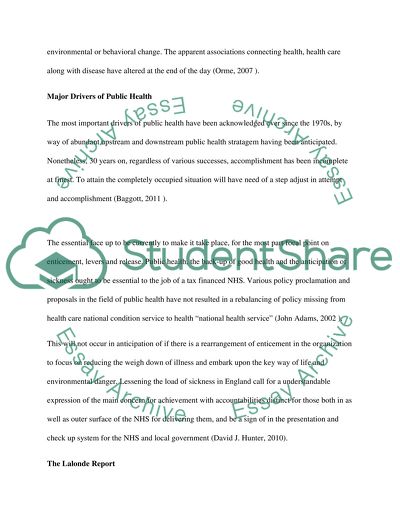Cite this document
(“Public Health Policies in the U.K Essay Example | Topics and Well Written Essays - 2000 words”, n.d.)
Public Health Policies in the U.K Essay Example | Topics and Well Written Essays - 2000 words. Retrieved from https://studentshare.org/health-sciences-medicine/1445384-public-health-policies
Public Health Policies in the U.K Essay Example | Topics and Well Written Essays - 2000 words. Retrieved from https://studentshare.org/health-sciences-medicine/1445384-public-health-policies
(Public Health Policies in the U.K Essay Example | Topics and Well Written Essays - 2000 Words)
Public Health Policies in the U.K Essay Example | Topics and Well Written Essays - 2000 Words. https://studentshare.org/health-sciences-medicine/1445384-public-health-policies.
Public Health Policies in the U.K Essay Example | Topics and Well Written Essays - 2000 Words. https://studentshare.org/health-sciences-medicine/1445384-public-health-policies.
“Public Health Policies in the U.K Essay Example | Topics and Well Written Essays - 2000 Words”, n.d. https://studentshare.org/health-sciences-medicine/1445384-public-health-policies.


